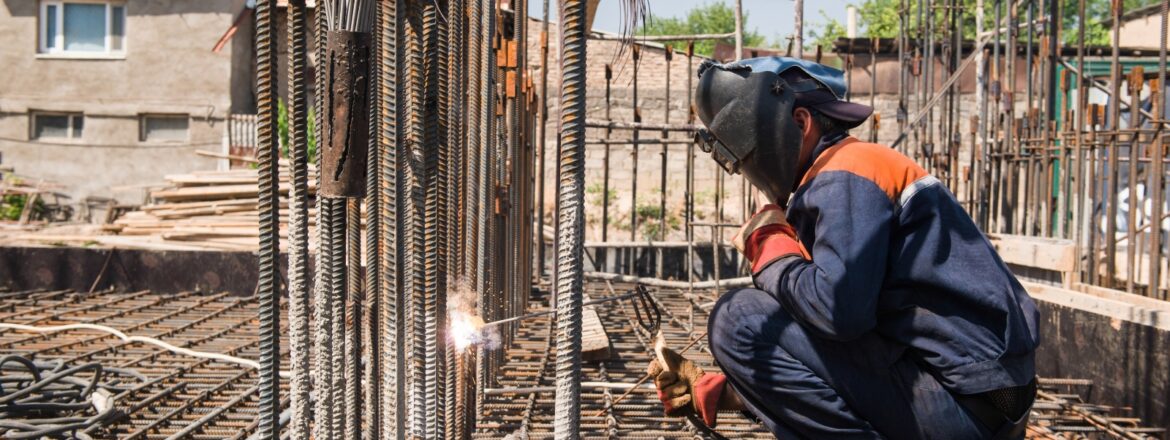
31
Oct
The invention of rebar has been a game-changer in the construction industry. From skyscrapers in major cities to homes in local communities like Abbotsford and Chilliwack, rebar has made concrete structures stronger, safer, and more durable. But where did rebar come from, and how did it become essential to construction projects across Fraser Valley and the Lower Mainland?
The Early Days of Reinforced Concrete
Rebar, as we know it today, has roots dating back to the 19th century. Though concrete has been used in construction for thousands of years, it wasn’t until the 1800s that builders realized it needed additional reinforcement. Concrete is strong in compression but weak in tension, making it prone to cracking under certain loads. Builders began experimenting with adding materials to improve its tensile strength, and thus, the idea of reinforced concrete emerged.
The Invention of Rebar
In 1849, French gardener Joseph Monier developed and patented the concept of embedding iron bars within concrete to create stronger plant pots. Monier’s innovation laid the groundwork for rebar as we know it. This new material, reinforced concrete, allowed builders to create stronger structures that could better withstand tension and stress. By the late 19th century, the concept had spread to larger construction projects, including bridges and buildings.
Rebar in North American Construction
The use of rebar became widespread in North America in the early 20th century. Engineers and architects recognized its potential for enhancing concrete structures, especially in areas prone to earthquakes and other stresses. By the 1920s, rebar was standard in most large-scale construction projects. This advancement helped shape the skyline of major cities and played a significant role in building resilient infrastructure.
Why Rebar is Crucial for Construction in BC
In British Columbia, rebar is vital to construction projects due to the province’s unique environmental conditions. Cities like Abbotsford, Surrey, and the Fraser Valley are situated in areas that experience high humidity and seismic activity. The use of rebar helps reinforce concrete structures, ensuring they can withstand these challenges and remain durable over time. This is especially important for buildings, bridges, and infrastructure in the Lower Mainland, where safety and durability are paramount.
Modern Advancements in Rebar Technology
Today, rebar continues to evolve. New materials, such as epoxy-coated and stainless steel rebar, offer increased resistance to corrosion, making them ideal for BC’s humid climate. These advancements mean that construction companies in places like Fraser Valley and Chilliwack can build even more resilient structures, extending the lifespan of concrete and reducing long-term maintenance needs.
The Lasting Impact of Rebar on Construction
Rebar’s invention revolutionized the construction industry, enabling engineers to create structures that are both strong and flexible. Whether you’re building a family home in Langley or a commercial structure in Mission, rebar remains an essential component. It provides the strength and reliability that modern construction demands, ensuring buildings can withstand the tests of time and nature.
Conclusion
From its humble beginnings as a reinforcement for concrete flower pots to its role in large-scale infrastructure projects, rebar has changed the way we build. In BC’s Fraser Valley and the Lower Mainland, where environmental conditions demand durable construction, rebar is more important than ever. Understanding its history helps us appreciate the role rebar plays in creating safe, long-lasting structures throughout our communities.
RebarHistory #ConstructionInnovation #ReinforcedConcrete #BuildingBC #StructuralStrength

Leave A Comment